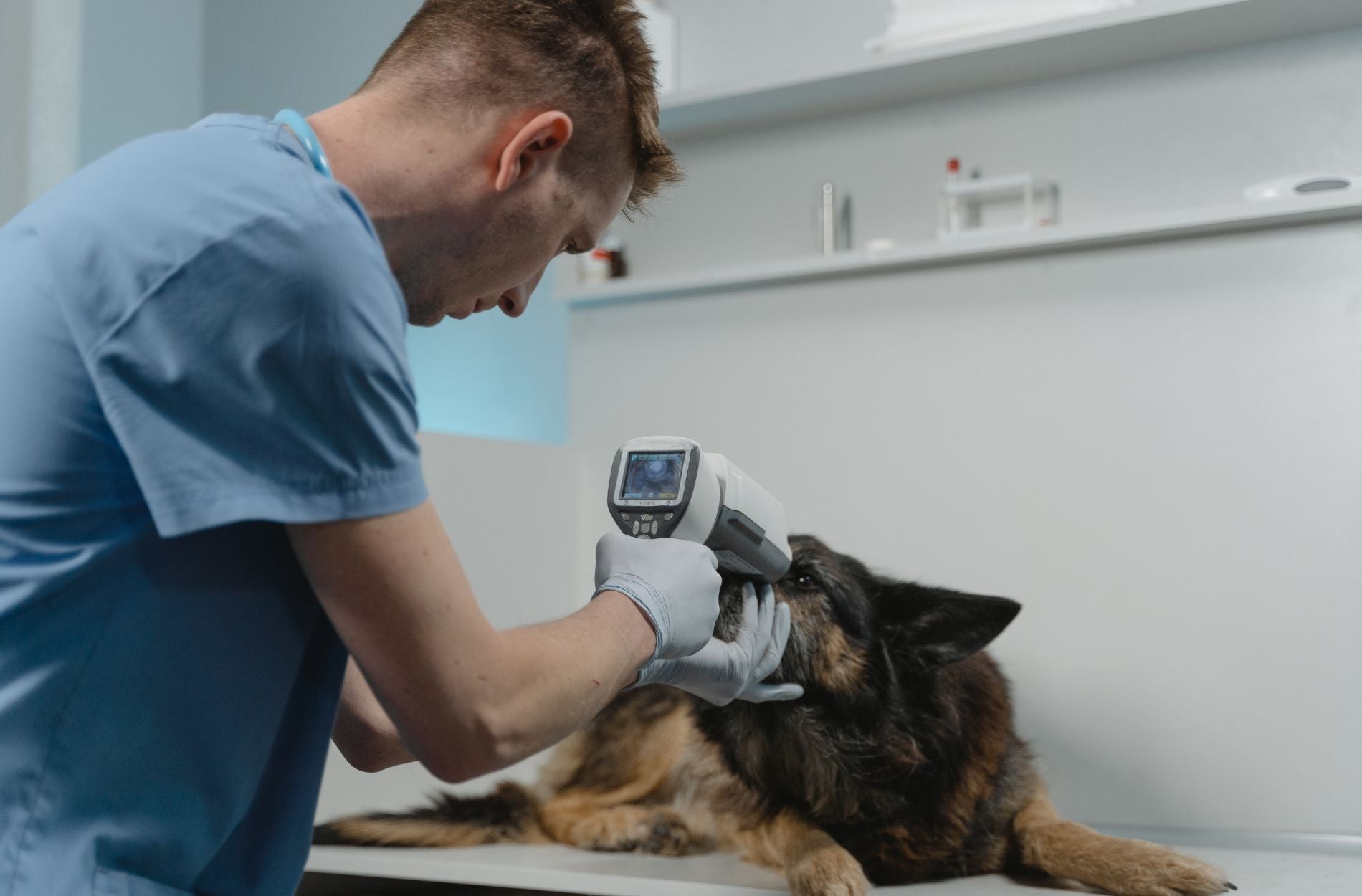

· By Trevor Horne
Maintaining The Longevity Of Your Capital Equipment In Veterinary Clinics
Keeping veterinary equipment in top shape is really important for animal clinics. When equipment works properly, it can make daily operations smoother and more efficient. This not only helps in delivering better care for animals, but it also ensures that the clinic runs without any hitches. Proper maintenance avoids unexpected breakdowns, reducing downtime and associated repair costs. It's a step towards ensuring that clinics are ready to handle any case at any time, without worrying about equipment failure.
Maintenance also prolongs the life of the equipment. Over time, this means clinics spend less on replacements and more on improving services or acquiring new, advanced technology. Think of it like taking care of a bicycle; a little oil and regular checks keep it rolling smoothly for years. The same applies to capital equipment in veterinary settings. Clinics that prioritize these routines find their equipment lasts longer, helps avoid costly delays, and ultimately leads to satisfied clients and healthier patients.
Regular Cleaning and Sanitation
Taking care of veterinary equipment starts with regular cleaning and sanitation. Routine cleaning is a basic yet significant task that keeps devices in optimal condition. It also prevents the spread of germs, ensuring a safer environment for both pets and staff. By making cleaning an everyday habit, clinics can reduce wear and tear, which often occurs due to neglect.
To effectively sanitize various equipment, follow these steps:
- Disassemble equipment if necessary and safe to do so, ensuring all parts are cleaned.
- Use approved disinfectants suitable for the materials of your equipment.
- Rinse off any residue to prevent chemical build-up.
- Dry equipment thoroughly to avoid rusting or other moisture-related issues.
Integrating these procedures into daily operations might seem like a lot at first, but it becomes second nature with time. Staff training is key here, ensuring everyone knows how to clean each piece of equipment properly. You could set up a rotating schedule among staff to ensure cleaning duties are shared, making it more manageable. Creating a cleaning checklist can also help staff stay on top of their tasks without missing any crucial steps.
Scheduled Inspection and Servicing
Making a habit of inspecting and servicing your veterinary equipment can save time and headaches down the road. By sticking to a maintenance schedule, clinics ensure that equipment functions properly and stays problem-free. Start by setting a regular schedule for inspections. This could be weekly or monthly, depending on how often the equipment is used and the specific demands of your clinic. Make a checklist of what needs inspecting, like looking for wear and tear or checking that all moving parts are working smoothly.
Bringing in a professional technician for routine inspections can make a big difference. These professionals have the expertise to catch issues early, potentially saving thousands in repair or replacement costs. They'll often spot things that might get missed otherwise. Look out for key signs that equipment needs servicing. Strange noises, inconsistent performance, or visible damage are clear indicators that something isn't right. Addressing these issues promptly can prevent bigger problems later.
Proper Usage and Handling
Getting the full lifespan from your equipment isn't just about cleaning; it's also about using it right. Training staff on the correct usage of all devices is a crucial step. Misuse can lead to avoidable wear and tear, which shortens the equipment's life. Make sure everyone at the clinic is familiar with the manufacturer’s guidelines for each piece of equipment. This can often be covered in staff training sessions or by routine reminders during team meetings.
Proper handling techniques help prevent accidental damage. Encourage staff to be gentle and attentive, especially during setup and teardown. Simple habits, like ensuring equipment is turned off before unplugging or storing cables properly, can go a long way in maintaining its condition. For instance, think of handling equipment like a fragile antique — careful, considered movements to prevent any mishaps.
Storage and Environmental Considerations
Where and how equipment is stored can greatly affect its lifespan. Storing veterinary equipment correctly means protecting it from environmental factors that cause damage. Aim to keep equipment in a dry, stable environment, as fluctuations in temperature and humidity can lead to corrosion or electronic failures. A well-organized storage area, with everything in its right place, reduces the risk of accidental knocks or falls.
Consider using protective covers and dedicated storage units to further safeguard your equipment. Always store devices in their designated spots to minimize confusion and mishandling. Hanging signage or labels in the storage area can help staff remember where everything goes.
Keep It Up for Long-Lasting Equipment
Taking care of your veterinary equipment is more than just a task — it's a commitment to excellence in your practice. Regular maintenance, inspections, proper handling, and mindful storage all play into the longevity of these crucial tools. By focusing on these areas, you ensure that your clinic runs smoothly and efficiently, serving every pet that walks through the door with the best possible tools.
While it might seem daunting to establish and maintain these practices, the benefits are clear. It's about building habits and creating a culture in the clinic that values the life of your equipment. In doing so, you not only enhance the service you provide but also support the sustainability of your practice, helping pets and their owners for many years to come.
Extend the lifespan of your tools while ensuring smooth clinic operations with expert tips from ProNorth Medical. For comprehensive insights on maintaining your veterinary equipment, explore our resources to keep your practice running efficiently. By embracing these strategies, you not only boost the functionality of your gear but also create a thriving environment for pets and their owners.
